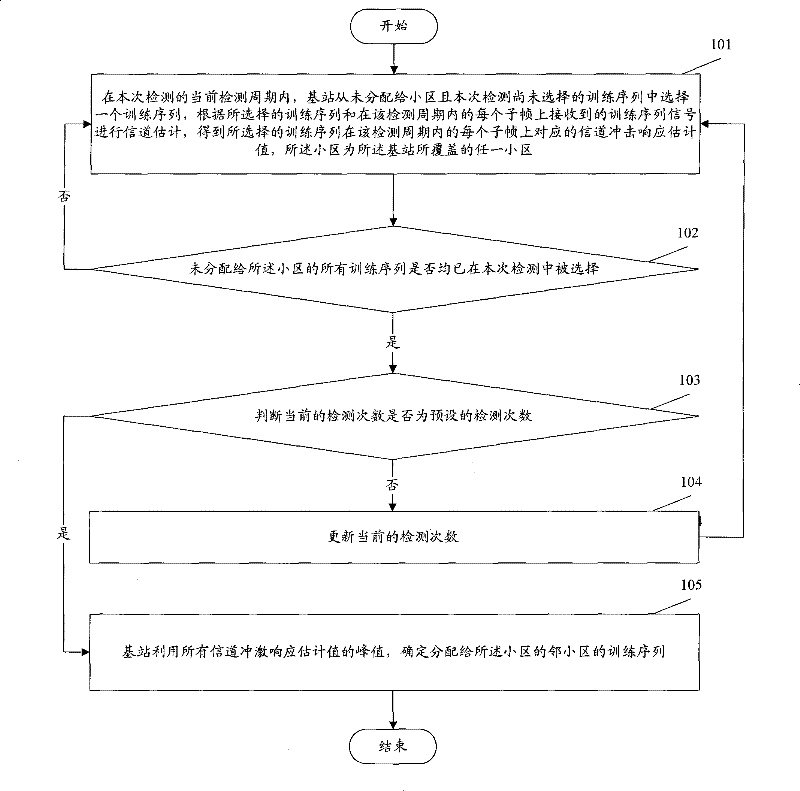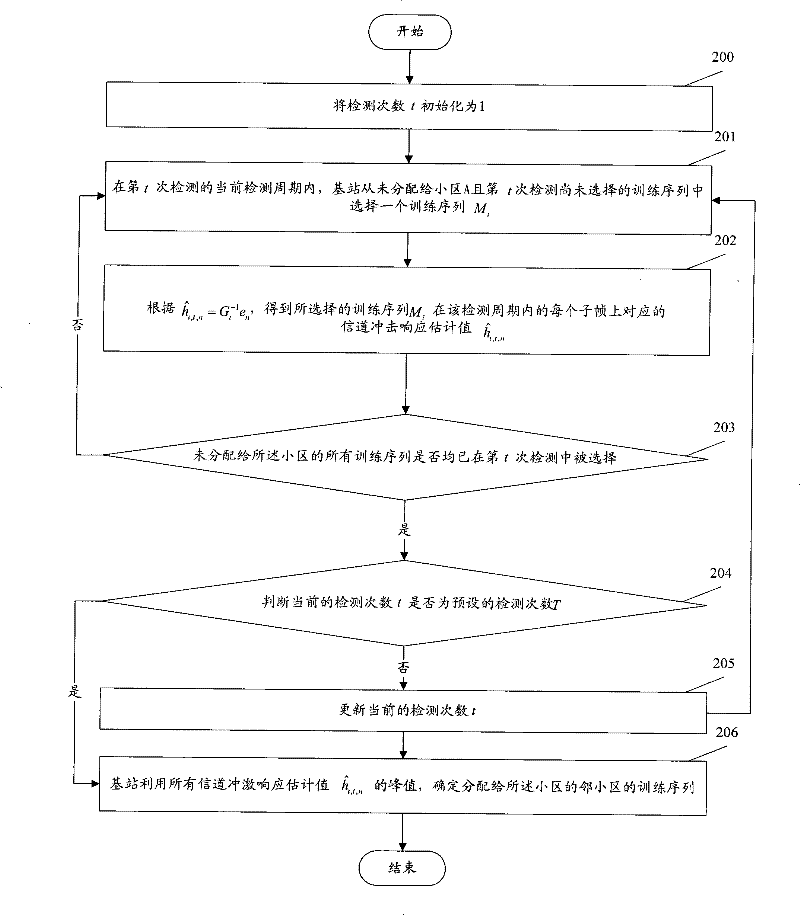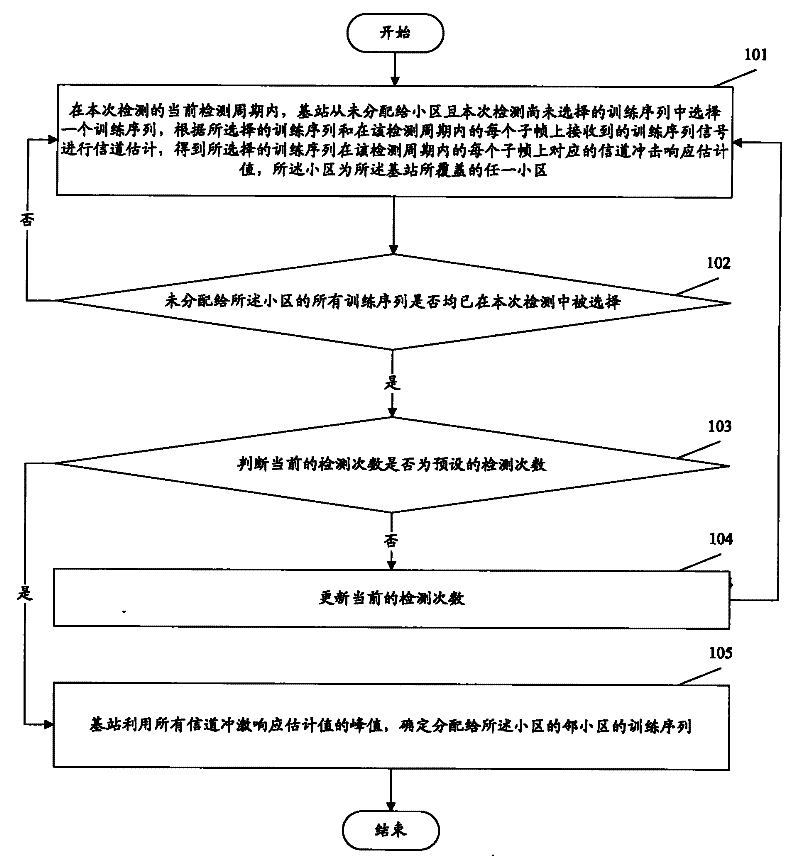Method for detecting adjacent cell information
A technology of neighboring cells and cells, applied in the field of detecting neighboring cell information, can solve problems such as heavy workload, and achieve the effect of avoiding huge workload
- Summary
- Abstract
- Description
- Claims
- Application Information
AI Technical Summary
Problems solved by technology
Method used
Image
Examples
Embodiment 1
[0043] Embodiment 1 Taking the detection of neighboring cell information of cell A covered by the base station as an example, the method for automatically detecting neighboring cell information of the present invention is exemplified. For simplicity, the detection period in this embodiment is one subframe. figure 2 It is a flow chart of Embodiment 1 of the present invention.
[0044] Such as figure 2 As shown, the method includes:
[0045] Step 200: Initialize the number of detection times t as 1.
PUM
 Login to View More
Login to View More Abstract
Description
Claims
Application Information
 Login to View More
Login to View More - R&D
- Intellectual Property
- Life Sciences
- Materials
- Tech Scout
- Unparalleled Data Quality
- Higher Quality Content
- 60% Fewer Hallucinations
Browse by: Latest US Patents, China's latest patents, Technical Efficacy Thesaurus, Application Domain, Technology Topic, Popular Technical Reports.
© 2025 PatSnap. All rights reserved.Legal|Privacy policy|Modern Slavery Act Transparency Statement|Sitemap|About US| Contact US: help@patsnap.com



